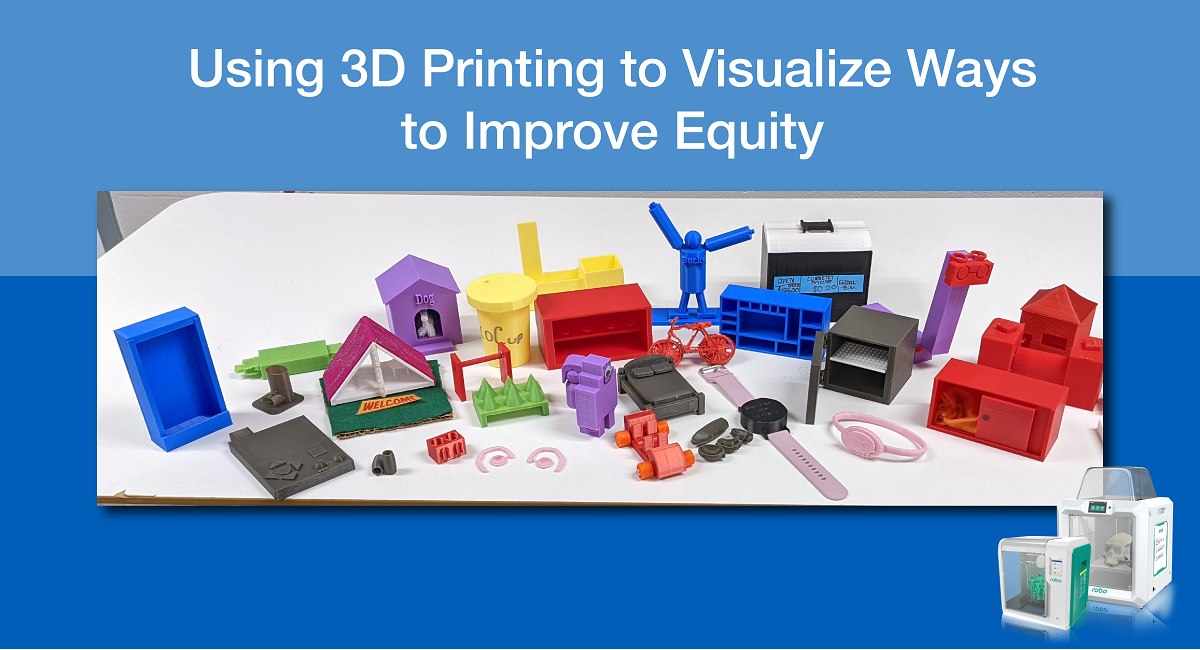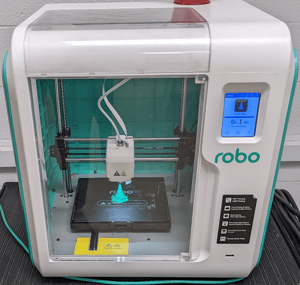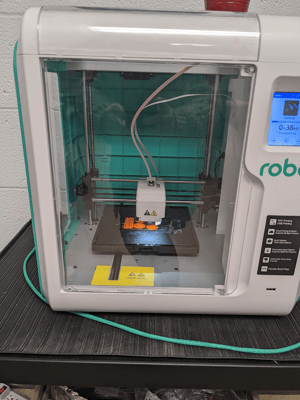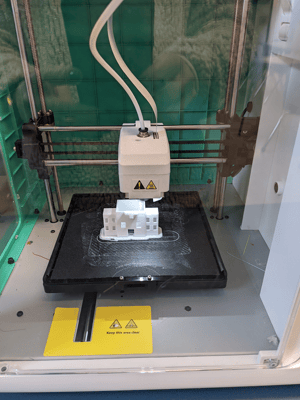
Elisabeth McClure, Gifted Specialist with the Northwest School District (House Springs, MO), recently completed a months-long project that originated with identifying real-life problems in their community. The goal of the project was to help her students envision themselves as part of the creative solution process, as well as spark their interest in community-related issues they can take an active role in solving.
Students read an article from Junior Scholastic titled, "How 3-D Printing is Changing the World” which discusses the positive impact 3D printing has made in real-life. For example, in a small village in Malawi is the world’s first 3D printed school. In an area where access to a school was not easy, the innovation of 3D printing made it easier and possible for children in the area to go to school. Another example featured prosthetic limbs that can be customized using a 3D printer.
After the discussion, students were asked the question, "What is a problem or challenge you want to help solve?" Once students identified the problem they wanted to solve individually, they brainstormed three inventions to create and design using Tinkercad, a free online app for 3D printing, and our Robo E3 3D printer. Some ideas were more thought out and planned than others, with a range of solutions from homeless shelters to items to organize a home.



This project helped students learn how to use 3D printing software to make changes easily, the design and printing processes, and ways to ensure accuracy of construction. They also strengthened essential skills like creativity by making a variety of items, perseverance as they worked through ‘trial and error’ of designs, and collaboration and communication to produce the item that was originally discussed.
Students also discovered how efficient and practical 3D printers are because they can be used to create items needed rather than more conventional means (such as buying). When focused on community needs, students understood that the spectrum of products that could be made ranged from auto parts and eyeglasses to animal shelters and homes.
To close the project students were asked what they would like to 3D print in the future. Items included jewelry, computer cases, bridges, clocks, road signs, storage bins, and furniture. It’s obvious that 3D printer technology sparked interest in not only STEM, but community outreach and their roles in improving the lives around them.

We look forward to hearing about more of Elisabeth’s amazing STEM experiences in the future!


